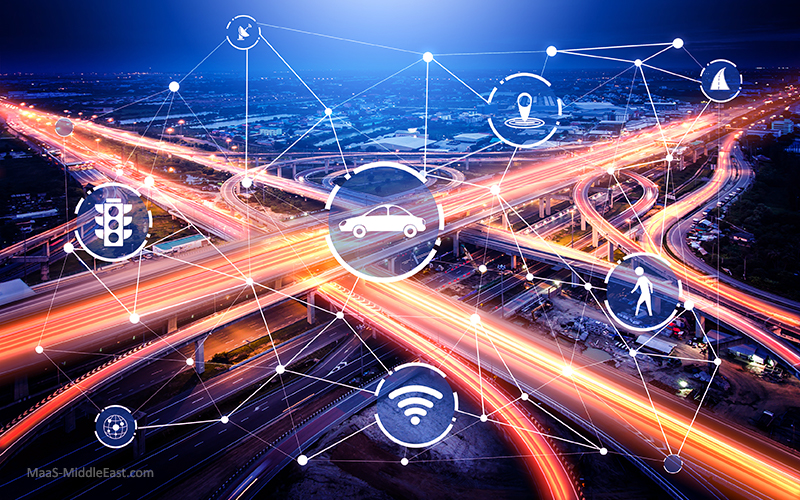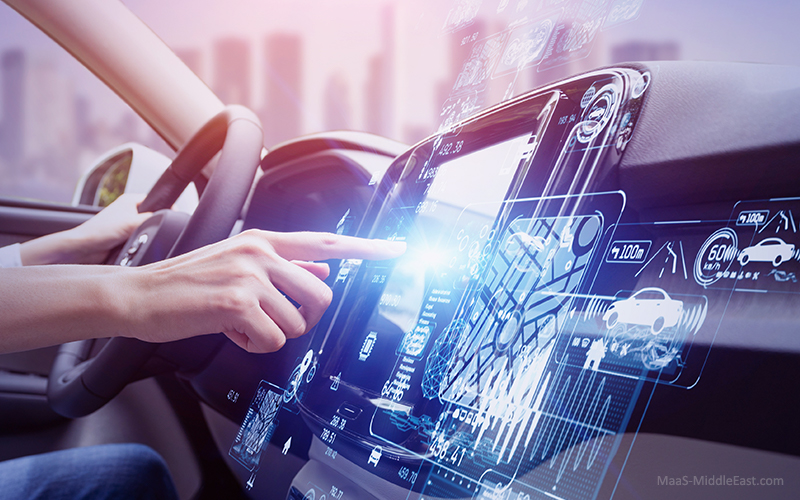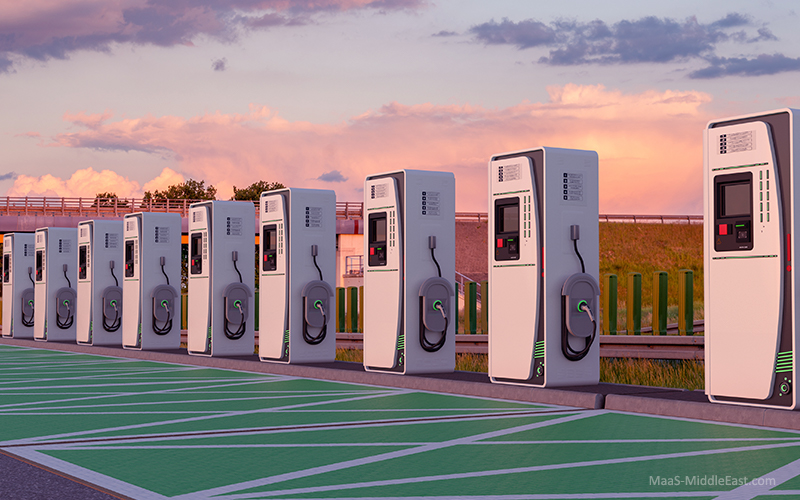Connected vehicles, also known as connected and automated vehicles (CAVs), are vehicles equipped with internet-connected devices and technologies that allow for the exchange of data between the vehicle, other vehicles, and the infrastructure. This data can include location, speed, and other vehicle parameters. In addition to improving traffic flow and safety, connected vehicles may also improve fuel efficiency and help decrease emissions from automobiles.
What is connected vehicle technology and how can it help?
Connected vehicle technology is an application of the Internet of Things (IoT) that is being tested in many trials around the world. According to a report dated 20 June 2022 by World Health Organization (WHO), more than 1.3 million people are dying every year due to traffic crashes. Also, according to CDC, it is estimated that approximately 3,700 people are dying globally everyday due to traffic crashes and most of these crashes involve cars, buses, motorcycles, trucks, motorcycles and pedestrians.
These unfortunate figures show how important it is to address the issue of vehicle crashes, and this is where IoT comes into picture, as it enables rapid communication between vehicles and everything around it for immediate assistance as one of its priorities in its road safety applications. This concept is know as Vehicle-to-everything or V2X by which vehicles are connected to other vehicles (V2V), pedestrians (V2P), and Infrastructure (V2I).
As the wireless technology evolves, like from 4G to 5G, the U.S. Department of Transportation (USDOT), has shifted its focus from helping people from surviving crashes to help them avoid being in such scenarios. This can be achieved by providing them with the necessary technology that can advise the drivers of a potential crash situation.
How do connected vehicles work?
the technology for connected cars has the potential to revolutionize transportation by allowing vehicles, infrastructure, and passengers’ devices to communicate with each other wirelessly and safely. This could enable greater interoperability between vehicles, improved traffic flow and safety, and more efficient use of resources.
Connected vehicle technology will allow vehicles such as cars, trucks, buses, and more to exchange vital safety and mobility data with each other via in-vehicle or aftermarket products
Connected vehicles – Means of communication
Vehicles that are connected can make use of wireless communication to interact with traffic signals, construction sites, toll booths, school zones and other infrastructure. This exchange of information enables them to be aware of the current conditions and navigate around obstacles. In addition, the data collected by connected vehicles can be used to improve traffic management and safety. Overall, these features make driving more efficient and safer for everyone.
The type of communication technology used for connected vehicle applications will be determined based on the performance needs of the system. Options include satellite, cellular, and dedicated short-range communications. The vehicle information shared by the system does not identify the driver or vehicle, and measures have been taken to reduce the risk of vehicle tracking and manipulation of the system.
Practical examples of connected vehicles’ usefulness
As vehicles become increasingly advanced and connected, they are using more powerful networks and accessing data faster in order to make use of a variety of features. This allows them to access a wider range of resources, including traffic information and weather reports, in order to make optimal decisions while on the road.
IoT applications such as vehicle-to-vehicle (V2V) and vehicle-to-infrastructure (V2I) have now become a reality and are being practically implemented in many automotive features. Some of the practical examples of connected vehicles include:
- Cruise control that can be adapted according to the road conditions ahead
- Planning on which route to travel automatically depending on traffic and road conditions
- Planning to avoid traffic congestion automatically
- Automatically report traffic and weather conditions according to updated road signage
- Advising drivers on crash prone sites and vehicles coming in the wrong way ahead
Connected vehicle technology in trails
- To prevent collisions, a technology known as Automatic vehicle breaking is being developed.
- To control a vehicle without human intervention, technologies such as autonomous and semi-autonomous vehicle control are being developed.
Real-time examples of connected vehicle technology
Let’s take GPS technology, which is being widely used as an example. A vehicle that is connected to a GPS network can suggest the driver about the traffic conditions and help him/her avoid traffic congestion by suggesting another route. As the GPS technology evolves and vehicles become more sophisticated to support it, connected vehicle technology will also get even better and smarter.
Another example is OnStar. This technology is designed to assist drivers when they need help and works with the help of an in-vehicle hotspot using 4G network.
Now, with the 5G network taking the surface transport by storm, imagine what more IoT and connected vehicle technology is capable of achieving!
How 5G is empowering connected vehicles?
5G is empowering connected mobility by providing a high-speed, low-latency wireless connection to allow for better communication between the vehicle and its surrounding environment. It provides a more reliable connection than current wireless technologies, which can be useful in situations where the environment is cluttered or there is a lot of interference.
5G technology is also playing an important role in revolutionizing the automotive industry, especially with regards to connected cars. This revolution is changing the way car manufacturers design and build vehicles, how they perform maintenance, and how drivers interact with the vehicles.
5G is empowering the vehicles in the following ways:
- Vehicle production: 5G technology is playing a growing role in the automotive manufacturing process. This includes Automated Factory Parking (AFP) services, which allow for the remote control of vehicles and their movement through factory premises such as production areas and logistics centers.
- Telematics: Vehicle telematics data from the on-road fleet is a valuable asset to automotive OEMs, allowing them to keep tabs on the functioning of their fleet and, if necessary, arrange for repairs and replacements and send relevant updates in a timely manner. It will benefit both customers as well as OEMs.
- Advanced driver-assistance systems (ADAS): ADAS are a set of features that are becoming increasingly popular due to the safety benefits they provide to drivers. Connectivity plays an important role in AD AS systems, as it allows the system to communicate with other vehicles, infrastructure, and roadside assistance providers.
- Autonomous driving: Car manufacturers are expected to incrementally introduce autonomous driving capabilities into their range of vehicles with the help of capable network connectivity like 5G, at an additional cost. It will be mutually beneficial to both the consumers as well as OEMs.
Exploring the potential of wireless technology, connected vehicle research seeks to revolutionize surface transportation by making it safer, smarter, and more environmentally friendly. If successful, connected vehicles can improve the lives of the people all over world, while reducing the environmental effects of transportation. This would improve mobility and quality of life globally.





